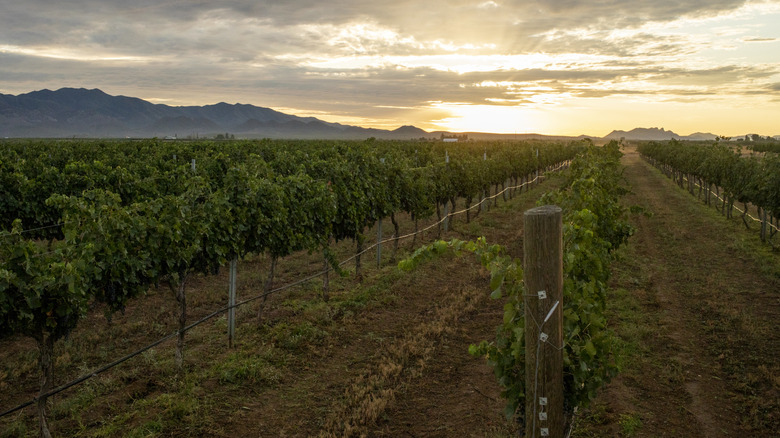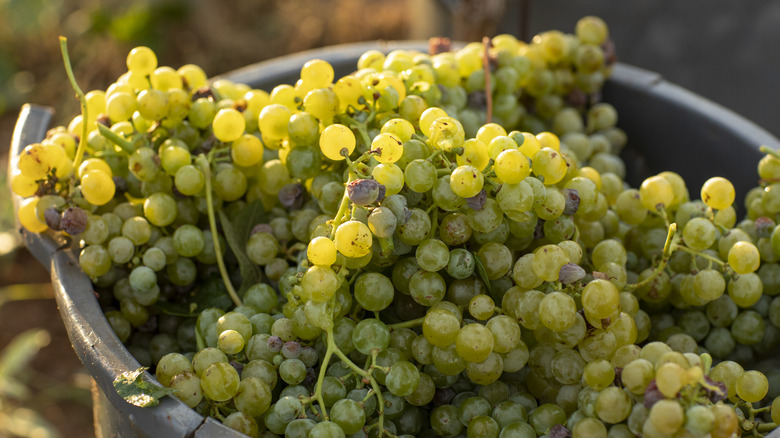Arizona is known for it’s glorious desert landscape with sprawling cacti forests and the massive Grand Canyon. It’s also become a favorite foodie destination, as Tucson is a UNESCO City of Gastronomy. But wine growing in the desert? While Arizona does get plenty hot, its high elevation areas (between 3,500 and 6,000 feet) are perfect for growing wine. Arizona has over a hundred wineries across three distinct regions: Verde Valley, Sonoita-Elgin, and Willcox. Each has its own “terroir,” the environment in which the grapes grow which impacts the flavor. As The Wine Economist writes, “Arizona wine is a premium product — there is no such thing as Arizona Two Buck Chuck.”
Aridus Winery is one of the state’s largest, located in the Willcox growing region in southeastern Arizona. It’s a good place to start any wine exploration of the area. Formerly a 28,000-square-foot apple warehouse, the rustic and industrial building now houses oak barrels alongside state-of-the-art wine-making facilities. It’s a working winery that gets especially busy during the harvest season from late summer through to October. So, if you want to visit, make sure you call ahead to book a tour.
Aridus Winery’s 40 acres of vineyards and 140 tons of grapes
The Chiricahua and Pinaleño mountains surround the Willcox region, giving it an elevation perfect for growing grapes. Aridus grows its grapes on 40 acres set along Turkey Creek just outside of Willcox. With an elevation of 5,200 feet, the site provides warm days and cool nights with a semi-arid climate similar to Argentina. “It’s absolutely beautiful,” Aridus owner Scott Dahmer told the Life Between the Vines podcast, “It has the Chiricahua mountains in the background…Turkey Creek that divides the property in half. It’s just stunning, a stunning background.”
Red grapes like this climate, particularly malbec, syrah, and cabernet sauvignon. Aridus also has whites like sauvignon blanc, viognier, and malvasia bianca. The vineyard sources drought-resistant varietals from Arizona, New Mexico, and California that can cope with the region’s fluctuations in rain. In harvest season, grapes are picked at midnight and trucked in heaping crates to the winery early in the morning for processing. The facility crushes about 140 tons of grapes each year, with the vast majority harvested from their Turkey Creek vineyard.




